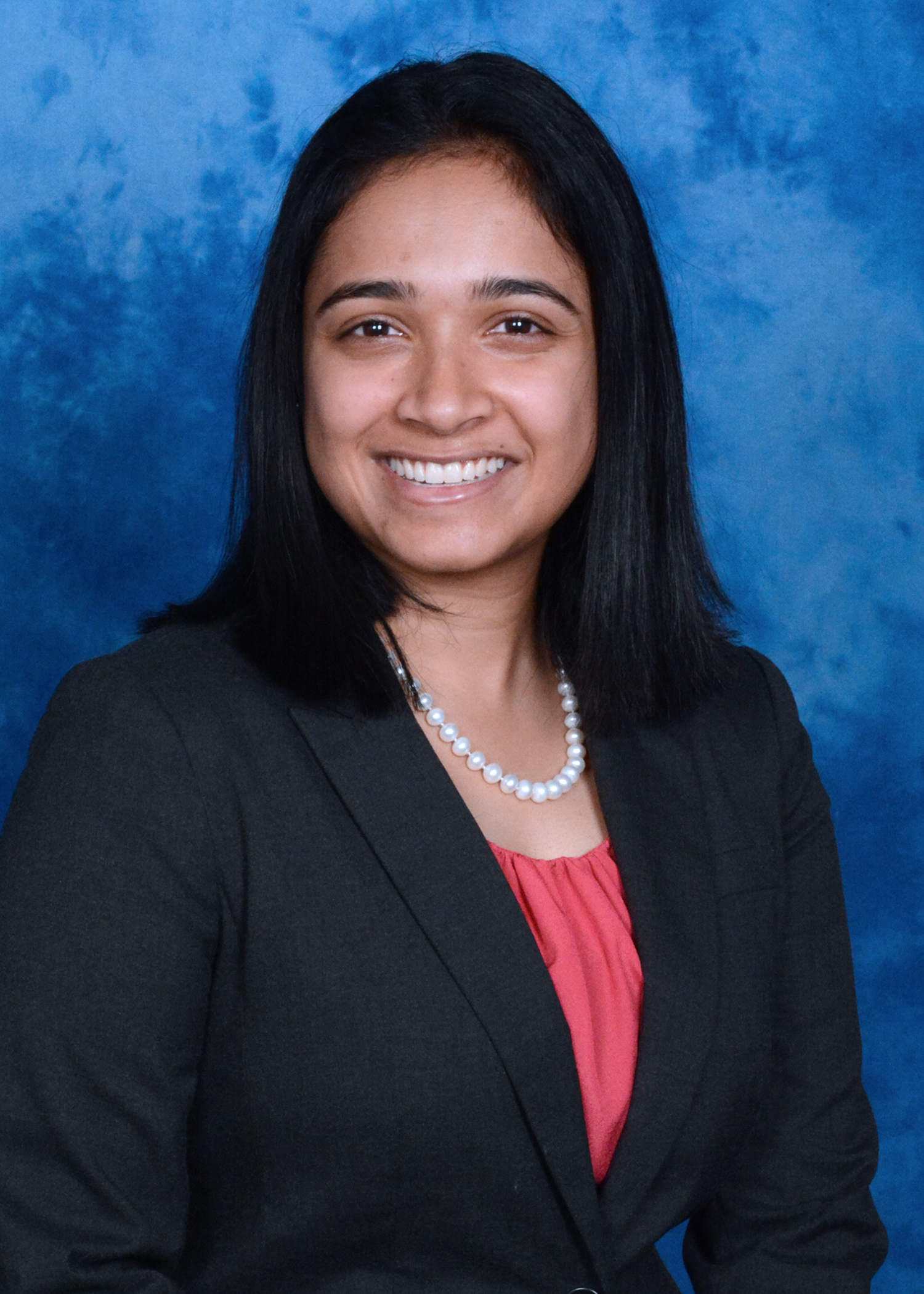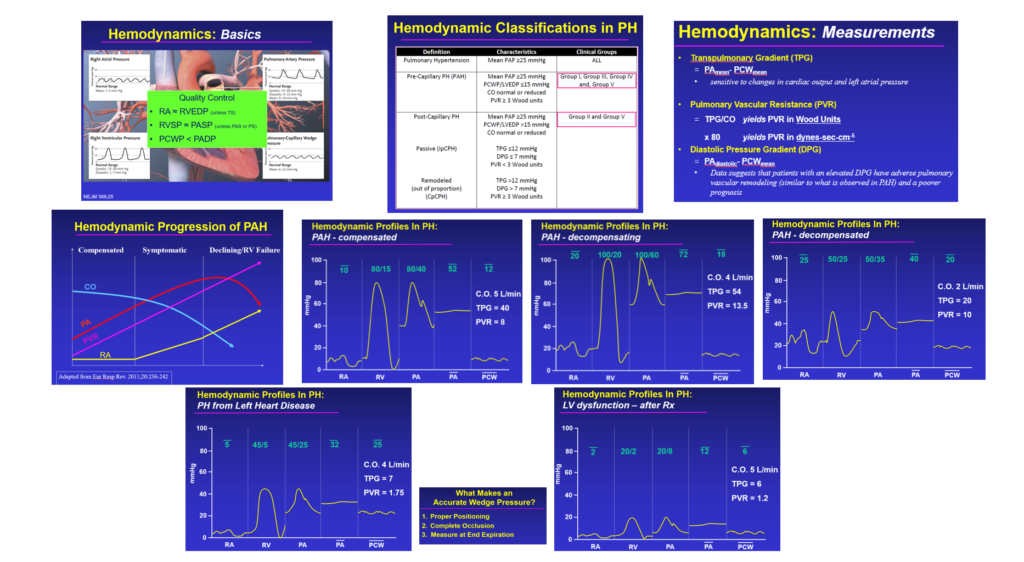Letting Go
Recently, I was reminded of one of my unique roles as an advanced heart failure cardiologist.
As a physician in such a highly specialized field, I often have the opportunity to offer patients life-saving measures that can only be performed at highly trained qualified quaternary medical centers. This may span the gamut from a wireless hemodynamic monitor placed in the pulmonary artery to a temporary or durable ventricular assist device to an organ transplant.
I often think of the times that I have been able to be the first person to share with my patient and their family that we have finally found a suitable donor organ for them. The initial joy and sheer euphoria followed by the nervous anticipation for the next step of the journey that began often several years prior. I remember the tight hug of the patient’s wife, the embrace from a usually stoic patient, the high five from the patient who loves sports analyses. Burned into my memory, each of these patient’s experiences have been a beautiful addition to my own formation as a physician, clinician, and truly, as a human being.
Frequently, however, are times where I have to traverse a path of palliation with patient and families. In this role, I help to guide families through quite literally the worst times of their lives.
While we have the invaluable assistance of specially trained palliative care and hospice providers, I have also found in my experience that patients’ families truly value the input and guidance from our heart failure team whom they have often had continuity with spanning both inpatient and outpatient care. I have witnessed tears and raw emotion from the healthcare teams who have invested so much of themselves in the care of the patient and are connected like family.
The depths of these emotions however, the unparalleled highs tempered by the valleys of sadness, have molded me; sometimes shaken me to my core. Along my own journey forward I carry with me the stories and teachings of those who we have helped survive and those who we have helped to die with dignity. It is in these times, where the lines between medicine and humanity are blurred, that I am reminded of my sacred privilege of being a physician.

Megan Kamath is a Fellow in Advanced Heart Failure and Transplant Cardiology at the University of California, Los Angeles. Her research interests include outcomes in advanced heart failure, decision making and relational medicine, and utilizing technology in healthcare. She is now tweeting @MeganKamath, so follow her on there!
